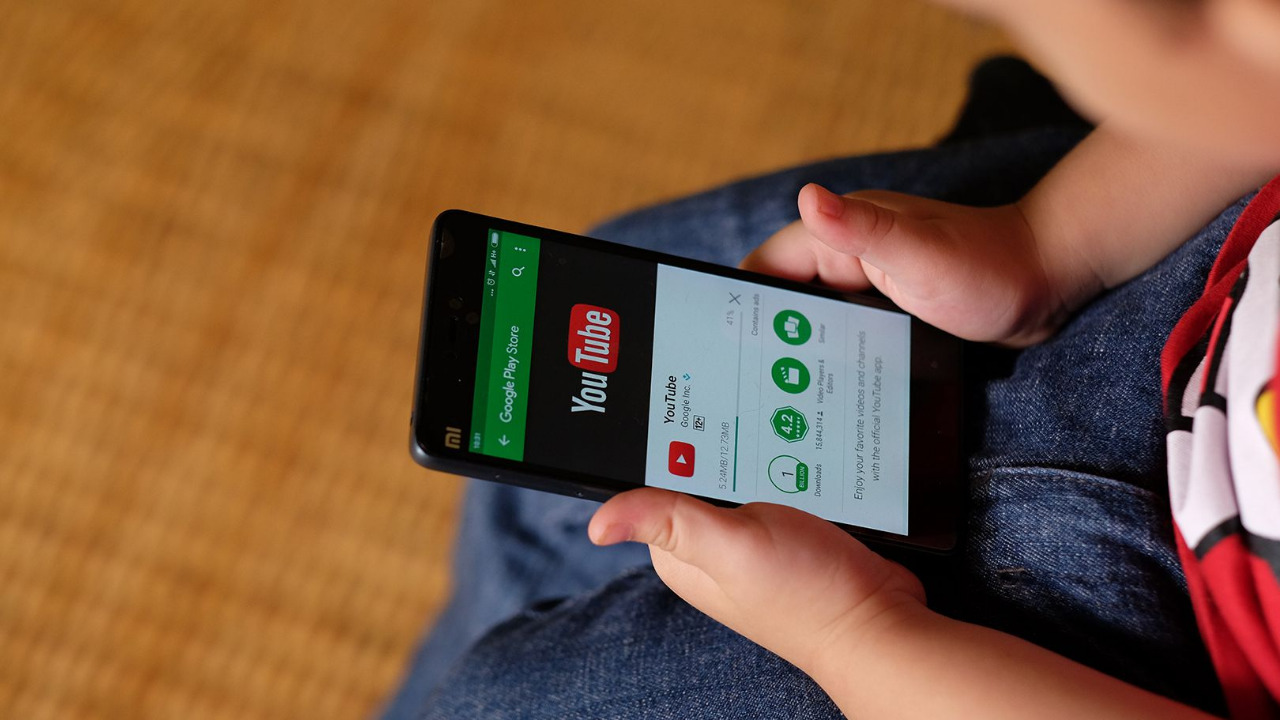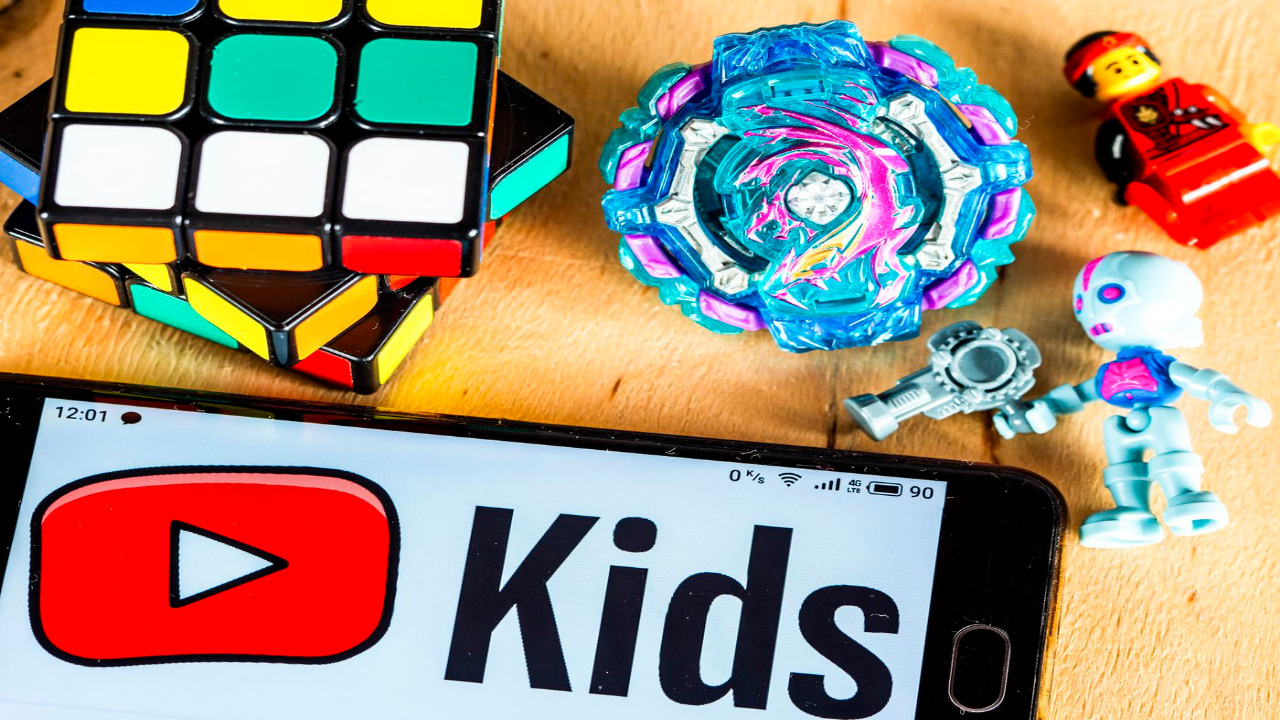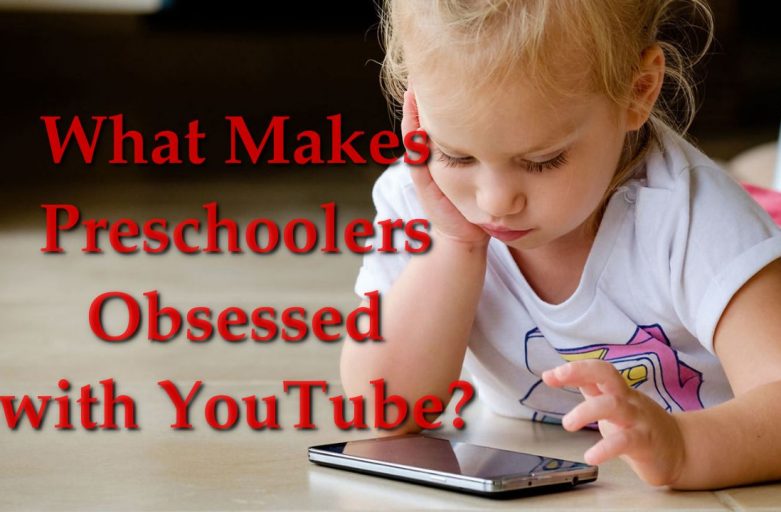Today’s kids spend a lot of time on YouTube. Often it becomes the only salvation for a tired parent. But sometimes, you want your child to watch something else besides endless cartoons. And here, as it turns out, it’s not just a matter of conservative parents. If you have a three-year-old child, you immediately know what we’re talking about. Give them a YouTube tablet, and within a week they’ve figured it out, and they’re doing things on their 3-year-old with the tablet that you wouldn’t have been able to do at age 10. How do they do it? It’s worth taking a look at what YouTube does with its insidious mechanisms and the creators of these videos that are actively exploiting these mechanisms.
How it works

A special algorithm that works for YouTube videos creates a list of recommended videos to watch based on an analysis of a user’s search history, browsing history, demographic region, gender, age, and other individual data. Some videos are edited to get free youtube subscribers. This algorithm performs the function of a kind of funnel and any video that is uploaded to YouTube will certainly pass through it.
Video matching

Of course, a perfect and relevant output is only guaranteed if all the rules of behavior are followed. For example, if a child is behind the tablet, the account should be set up exactly for the right age category, not his parents’ account. Ideally, it should even be the YouTube Kids app. The video recommendation mechanism is a complex scheme because of the scale of the platform.
It’s not just YouTube’s fault; it’s the viewer’s fault

Children’s behavior on YouTube is very primitive because they don’t show interest in videos from other categories but keep watching the same thing. New creators pay attention to what’s most popular and then imitate the same content, hoping kids will start watching similar content. The YouTube algorithm notices them and recommends these particular videos for children to watch. Children, in turn, play these videos once again, and the system rewards viewers with absolutely identical clips. It means that the video creators will continue to do the same thing because the process is looped.
Is this a problem? Yes, you could say it’s a problem, especially if you notice similar behavior not only in the situation with children’s videos but also with videos watched by school-aged children. The authors copy not only each other’s style and concept of the channel itself but also the names of the videos, just to stand next to the competitor in the YouTube ranking.
What’s the tricky part
YouTube recommendations are entirely tailored to your interests, but the problem is that if you’re interested in a single topic, YouTube will take you literally and recommend only similar videos. And here we come to the moral aspect of the topic at hand. YouTube’s recommendation algorithms, as they work now, are a kind of mirror that shows what our society is interested in. And until you start being interested in something else yourself, don’t expect diversity in the selection of videos on YouTube.

